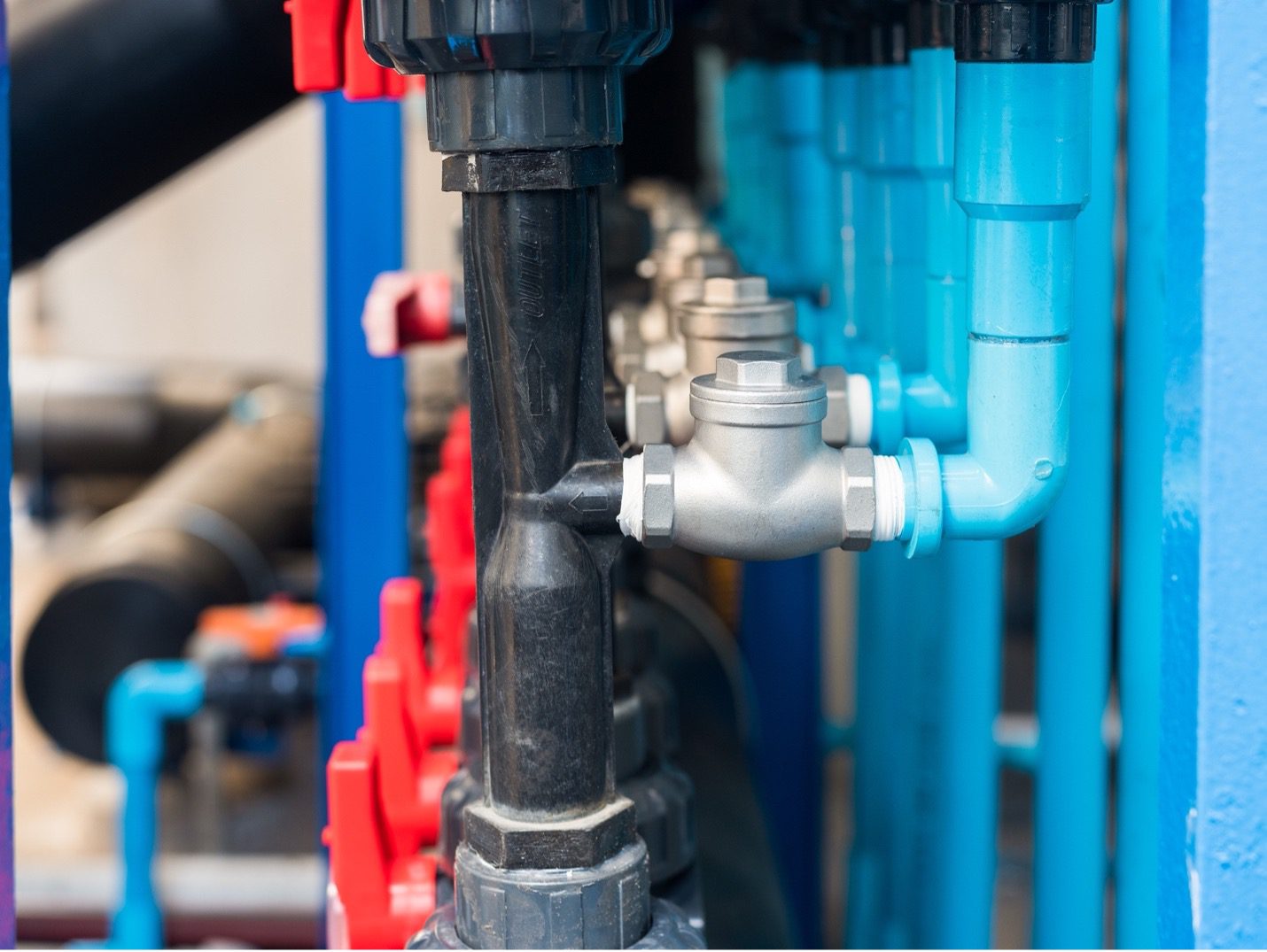
In the present cutting-edge and ultra-modern world, access to clean water is much easier. Whenever you turn on your home’s faucets or showers, you expect fresh, clean water to flow out for drinking, cooking, and bathing. The truth is before this water reaches you, it undergoes many processes to ensure it’s clean and safe for human use. Through its journey to your home, the water can come into contact with other sources that can contaminate it.
To help protect the clean water supply, homes and business may be required to install backflow prevention devices on their buildings. The backflow prevention devices prevent contaminants in buildings from being pulled back into the clean water system.
What is Backflow?
Backflow refers to the change in the water flow direction. Ideally, water in your supply system should flow in one direction. When the flow is reversed, the water supply can be contaminated by liquids, gases, or solids entering the water supply. In simple terms, dirty water ends up mixing with clean water.
The water coming into your home from the local municipality is usually pumped into your home at a specific pressure level. This pressure allows water to flow into your home’s faucets. However, pressure drops to the pipeline can occur because of broken water mains, nearby fire hydrant use, and other disruptions to the pipelines. When these pressure drops occur, the flow of water in you building can be reversed and contaminated water will enter the municipal water pipelines.
Why You Need Backflow Testing
Backflow testing is the process of testing your plumbing system to ensure drinking water doesn’t mix with contaminated water that could be infiltrating your home or business water supply. Plumbers use backflow prevention test kits to test backflow prevention devices to make sure all components are working properly.
Experts recommend testing your backflow prevention devices annually as part of your building maintenance routine. Backflow testing is important as it helps ensure that the water your family or business uses is safe and clean. Additionally, backflow preventers also break down or get damaged with time. You want to make sure that regular backflow testing is performed and that the backflow preventer valves are working effectively.
Backflow prevention devices usually come with built-in ports to allow easy testing. To perform the backflow test, plumbers must turn off all the water downstream of the device. They will use a Mid-West Instrument backflow test kit to measure the differential pressure across all of the check valves to ensure the system is working properly.
What Happens When a Backflow Preventer Fails?
Like any other mechanical device, backflow preventers undergo wear and tear or damage that can render them ineffective. Some backflow preventers last longer than others due to specific factors such as water quality, water pressure, how often you use it, and the environmental conditions around where the device is installed. When a backflow preventer fails, you may need to repair or replace it immediately.
Need Backflow Test Kits?
Mid-West Instrument, located in Sterling Heights, MI, manufacturers the market leading 845-5 backflow prevention test kit. Plumbers prefer the 845-5 test kit because it is easy to use and accurate.
Mid-West Instrument has been in business since 1958. We are an industry leader in the manufacture of differential pressure gauge, switches, and transmitters. We serve customers around the world with short leads and five year warranties.

